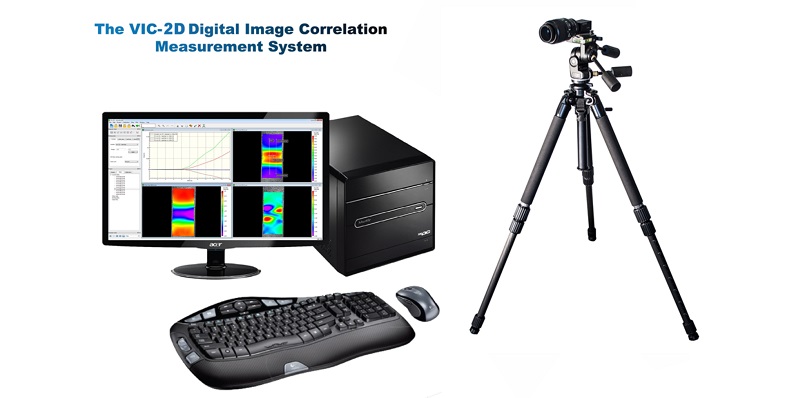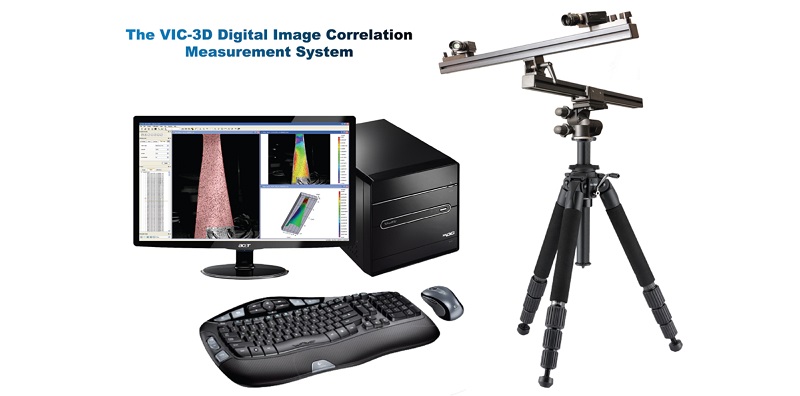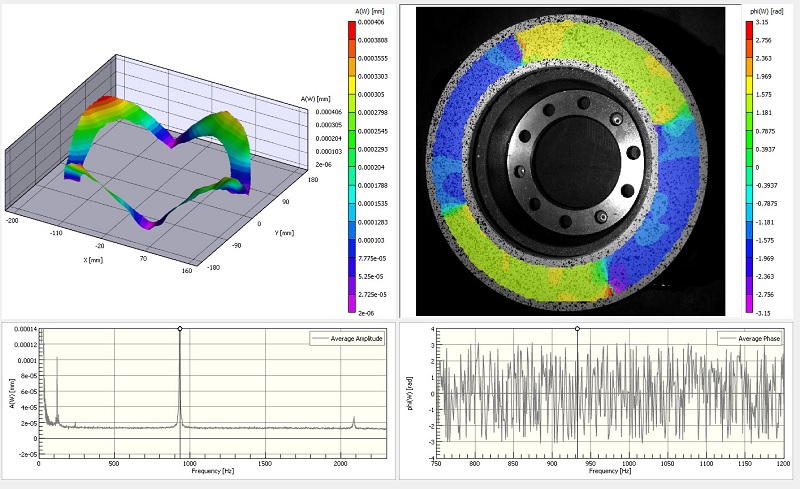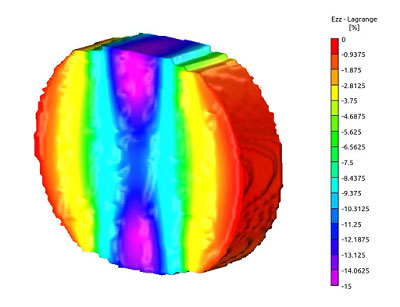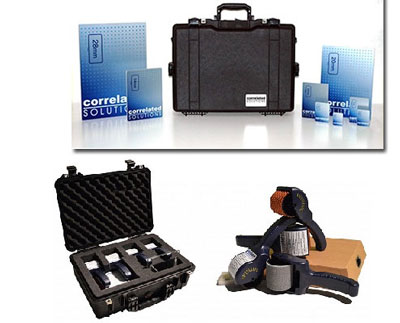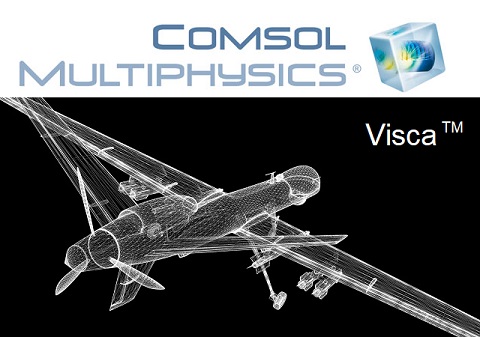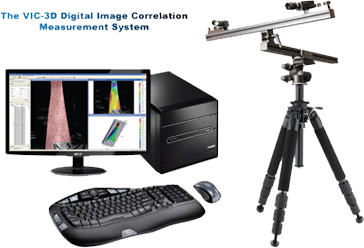

Visca™ – Polymer Simulation Solution
Viscoelastic materials are notoriously difficult to simulate, because their mechanical properties change with time, temperature and environment. Simulations typically rely on material models valid in a narrow range loading history. Results are often inaccurate and relegated to vague material comparison studies
The Visca™ solution enables realistic polymer simulation. Now plastic and rubber can fully benefit from the design process revolution simulation has brought to metal product design. Moreover, Visca™ is usable within familiar commercial FEA software, such as Abaqus. The material definition software add-on can be quickly and cost-effectively integrated into your existing product development process
应用 Applications
Oil & Gas
Rubber is arguably the biggest materials science problem in the oil patch. Consider the “Rule of Ten” presented by a VP of Technology of a major oilfield services company:
• $1000 – cost of problem discovered in field
• $100 – discovered in final test
• $10 – discovered during incoming inspection
• $1 – discovered during design with Visca™
Realistic rubber simulation would impact some of the most failure-prone components, like packers, O-ring seals, mud-motors and BoP’s. Visca™ is uniquely positioned to realistically simulate rubber components in extreme HPHT oilfield environments. The result is 1/improved quality and 2/faster time to market with 3/fewer resources. Fewer resources translates to an important competitive edge given the current business climate.
Automotive
Lightweighting is critical for manufacturers to achieve the 54.5 MPG CAFE standards by 2025. Polymer adhesives and composite materials are a key part of reaching that target. Visca™ can answer questions like,
• Low temperature embrittles plastic. How will a structural part or an adhesive bond respond in a crash on a cold winter’s day?
• What is the optimal layup for a carbon fiber composite? Realistic polymer simulation can help avoid expensive testing and accelerate project timelines.
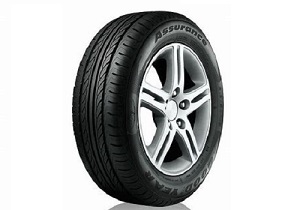
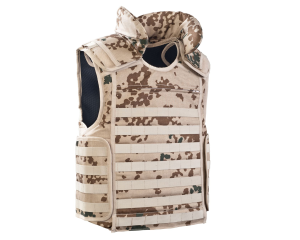
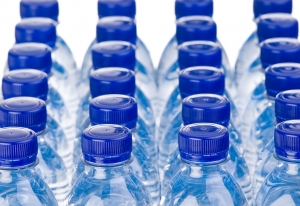 Visca™ can provide substantial ROI for consumer products, definitively answering the following questions through realistic simulation:
Visca™ can provide substantial ROI for consumer products, definitively answering the following questions through realistic simulation:• What is the lowest possible torque and how much impact is acceptable in a bottle? The bottle must survive transport and withstand stress relaxation during shelf life before it is opened by the consumer. This question is important for customer perception and also wear-and-tear on bottling equipment.
• Will polymer film packaging survive its anticipated loading and temperature history? This question is also important for the environment and the bottom line.
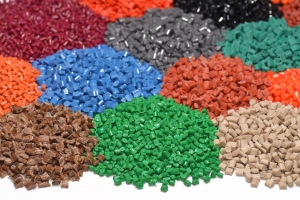
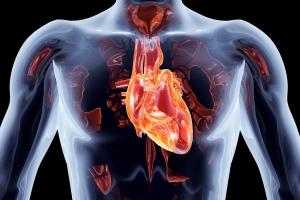
 recent years, there has been a movement to build macroscopic composite mechanical properties from matrix and
recent years, there has been a movement to build macroscopic composite mechanical properties from matrix and reinforcement micromechanics models. Visca™ enables realistic rate, temperature and large strain understanding of the polymer matrix, uniquely enabling this multi-scale simulation approach in all loading conditions. Visca™ is also useful for characterizing the inevitable adhesive joint used by composite parts.
技术 Technology
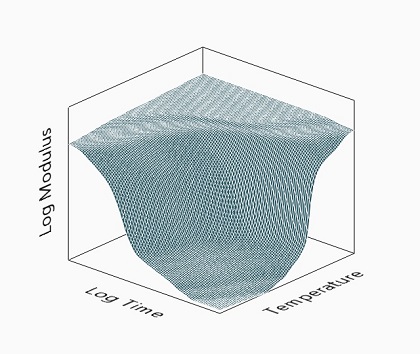 Step 1:
Step 1:
Contract Test on Proprietary Instrument
Leveraging unique ultra-high resolution force and displacement sensors, Psylotech has developed a novel test procedure to produce the complete, viscoelastic stiffness matrix. The instrument produces the data needed by the Visca™ simulation software add-on module, including:
• Moduli vs. time & temperature master surfaces
• Thermal expansion coefficient to relate entropy to dilatation
• Specific heat to relate temperature change to internally generated heat flow
Step 2:
Visca™ nonlinear viscoelastic software add-on module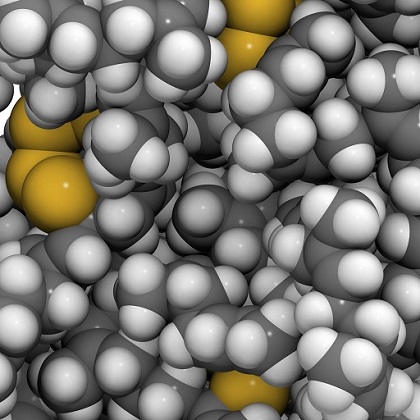
Psylotech’s Visca™ material definition software is an add-on module for mainstream finite element codes. Familiarity with those codes makes implementation easy. Visca™ is an entropy based reduced time model, with deep roots in the technical literature. One could consider it an evolution of the Free Volume model proposed by Knauss & Emri (1981) and modified for shear by Popelar & Liechti (1997). It is a large deformation, nonlinear viscoelastic model, which considers multiple length scales and how those length scales affect the time dependent behavior. It effectively addresses:
• All temperatures
• Any strain rate
• Large strains up to 1000%
• Any loading history
• Heat build up from internal friction
• Rubber heating in loading and cooling during unloading
• The Gough-Joule effect, where rubber stiffens with increasing temperature
Psylotech is currently a Simulia partner. Versions for Ansys, Nastran and COMSOL are coming soon.
模型描述白皮书下载 WHITE PAPER DESCRIBING MODEL
模型比对 Model Comparisons
Nonlinear viscoelasticity is a coupled mechanics + thermodynamics + heat transfer + materials science problem. Firmly grounded in first principles, Visca™ seamlessly integrates these disciplines. Alternative theoretical models are valid in only a narrow range of loading. A brief background on alternative models follows. These matters can be contentions and we welcome your feedback to improve the description.
Hyperelasticity
Examples: Marlow; Mooney-Rivlin; Ogden; Arruda-Boyce; Neo-Hookean; Gent
These models benefit from a small number of parameters, which result in fast computation time. However, they suffer from:
• No time or rate dependence
• No temperature dependence
• No hysteresis in unloading
• No rubber stiffening with temperature
• No heat generation or heat transfer in mechanical loading
Parallel Rheological Framework in Abaqus
With Release 6.14, Abaqus introduced the PRF, or Parallel Rheological Framework. This approach is an admonition that existing constitutive models only cover a narrow range of loading. The PRF enables a user to setup multiple models in parallel to cover different conditions.
The PRF requires substantial user expertise to decide which models to include. Also, one must be careful to ensure models do not overlap, unintentionally reinforcing each other in their narrow range. Moreover, users must sort out appropriate experimental data for their chosen collection of models.
Psylotech’s Visca™ simulation solution quickly and simply integrates experimental data with a complete software model. Moreover, Visca™ includes heat generation from internal friction and entropic elasticty.
Visco-Plasticity
Large deformation nonlinear viscoelasticity is sometimes analyzed as if it were plasticity. Yet viscoelasticity is fundamentally different from plasticity, because the initial state is fully recoverable. This is not to say polymers can not experience permanent strains from internal damage, but a better approach would be to consider nonlinear viscoelasticity with damage rather than trying to apply concepts from metals to polymers.
Visco-plastic theories fail to accommodate:
• Temperature dependence
• Rubber modulus increasing with temperature
• Heat generation from mechanical loading
• Rubber stiffening at large deformation
Bergstrom-Boyce
The BB model also benefits from a modest number of parameters, speeding computation time. It was built to simulate large deformation in rubber, and has limited effect at or below Tg. It also suffers from:
• No temperature dependence
• No rubber stiffening with temperature
• No heat generation or heat transfer in mechanical loading
Moreover, results are sensitive to loading history. Model parameters tuned from ramp loading experiments do not effectively predict large deformation step loads, like stress relaxation or creep. Given results vary with history, the BB model does not completely describe basic polymer physics.
Reduced Time
In reduced time, viscoelastic properties are a function of time and time is a function of some state variable. The time dependent stiffness tensor can be considered a material’s internal clock. The basic mathematical framework for this has been well described by Schapery (1997). Caruthers used entropy. Caruthers, Adolph and Chambers then applied the potential energy to drive the material’s clock (2006?). Visca™ is a reduced time model based on multi-scale entropy states to drive the viscoelastic response. Free Volume and the WLF equation are other examples of reduced time.
More information can be found in the Psylotech blog, “A Brief History of Reduced Time.”
Free Volume (FV)
WLF, Knauss, List all contributors.
Powerful approach for all these environmental conditions.
Problems with unloading, thermorheologic simplicity and large strain elastomer stiffening.
Predecessor of Visca™, where we replaced FV with scale-based entropy states.
Blog
Simulating Rubber in the Oil Patch
By Alex Arzoumanidis|January 28th, 2015|Categories: Polymer Simulation
A cost-effective path to innovation for 2015 Falling oil prices are forcing companies to make difficult decisions. Even so, innovation is critical to modern business. Psylotech's advanced rubber simulation can drive new innovation, even [...]
Read More >
Springs & Dashpots
By Alex Arzoumanidis|February 20th, 2014|Categories: Polymer Simulation|Tags: nonlinear viscoelasticity, Time-Temperature Superposition, viscoelasticity
Important Subtleties & FEA Inconsistencies Phase change for plastics is not as straightforward as other materials. As temperature increases, there is no abrupt transition temperature, like ice melting into water. Rather, the glassy to rubbery [...]
Read More >
What is Reduced Time?
By Alex Arzoumanidis|February 11th, 2014|Categories: Polymer Simulation
Mechanical properties as functions of time. Arguably the biggest materials challenge faced by the oil industry is rubber seals. Rubber's viscoelastic mechanical response means properties change with time, rate and frequency, making it difficult to [...]
Read More >
A Brief History of Reduced Time
By Charles Spellman|January 28th, 2014|Categories: Polymer Simulation|Tags: FEA, reduced time, simulation, viscoelasticity, WLF
Simulating large deformations and environmental effects on plastics & rubbers The idea of reduced time has been applied to viscoelastic solids (ie plastics & rubbers) as far back as 1943. Reduced time is an important [...]
Read More >
About
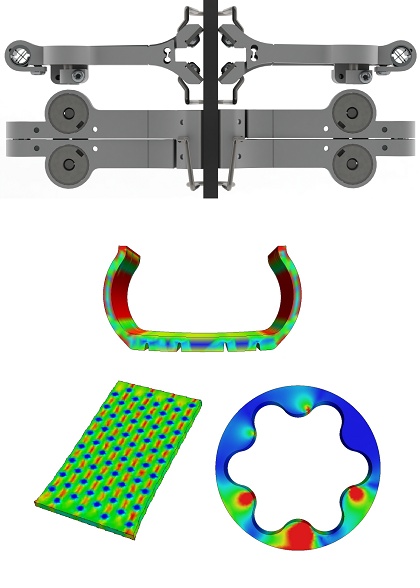 Psylotech was founded by Dr. Alex Arzoumanidis in 2006. Alex started his career in the oilfield services industry, in Schlumberger R&D. In that corporate life, Alex became aware of industry need for realistic plastic & rubber simulation. Specific to the oil patch, environmental conditions like high temperature, high pressure and solvent absorption complicate viscoelasticty and make accurate simulation nearly impossible. Yet reduced time models based on Free Volume existed in the technical literature to address every single extreme environment challenge.
Psylotech was founded by Dr. Alex Arzoumanidis in 2006. Alex started his career in the oilfield services industry, in Schlumberger R&D. In that corporate life, Alex became aware of industry need for realistic plastic & rubber simulation. Specific to the oil patch, environmental conditions like high temperature, high pressure and solvent absorption complicate viscoelasticty and make accurate simulation nearly impossible. Yet reduced time models based on Free Volume existed in the technical literature to address every single extreme environment challenge.
Why weren’t these models available in commercial finite element codes? One possible reason was the groups who published based on reduced time theories also generated their own data often times on their own equipment. Psylotech, therefore, developed a test to quickly and cost effectively produce the core data for reduced time. Standing on the shoulders of giants, we also fixed the shortcomings of the Free Volume model, shifting to an Entropy driven version of the theory.
Alex is currently the vice chair of the Society of Experimental Mechanics time dependent materials technical division and chair of their 2015 SEM annual conference track. He is an affiliate of Northwestern’s Segal Design Center. Alex was a student of Ken Liechti at the University of Texas, Austin. Ken is now the editor-in-chief of the Mechanics of Time Dependent Materials. While at UT, Prof. Richard Schapery taught Alex’s course in viscoelasticity, where he was first exposed to combining thermodynamics with nonlinear viscoelastic mechanics. Dr. Schapery was also on Alex’s doctoral committee.

